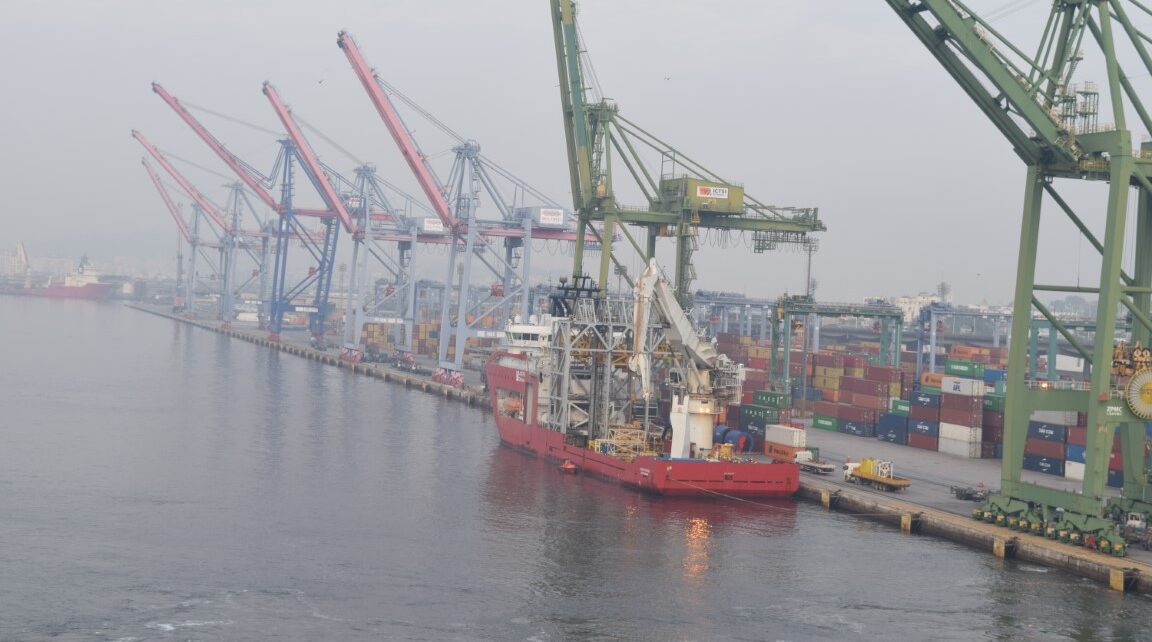Safeguarding the Seas: Maritime Safety Regulations for Oil Tankers. The transportation of oil by sea is a critical component of global trade, supplying energy to nations around the world. However, the safe transport of oil is paramount, given the potential for environmental disasters and human casualties in the event of accidents. To ensure maritime safety and environmental protection, stringent regulations govern oil tanker operations. In this article, we explore the essential maritime safety regulations for oil tankers.
Safeguarding the Seas: Maritime Safety Regulations for Oil Tankers
1. MARPOL Regulations
The International Convention for the Prevention of Pollution from Ships (MARPOL) is a key framework regulating the discharge of oil and other harmful substances from vessels, including oil tankers. Key MARPOL regulations for oil tankers include:
– Annex I: This annex addresses oil pollution prevention and includes requirements for the construction, equipment, and operation of oil tankers, as well as discharge criteria for oily mixtures.
Protective location of segregated ballast tanks: Tankers have to position their ballast tanks (which are empty on the cargo-carrying leg of the voyage and only loaded with water ballast for the return leg) where the impact of a collision or grounding is likely to be greatest. This reduces the amount of cargo spilled after such an accident. The forepeak tank (the ship’s most vulnerable point in a collision) is banned from carrying oil.
2. Double Hull Requirement
One of the most significant safety measures in recent years is the requirement for double hulls on oil tankers, as mandated by MARPOL Annex I. Double-hull tankers are designed with an extra layer of protection to prevent oil spills in case of hull damage.
3. International Safety Management (ISM) Code
The ISM Code, as developed by the International Maritime Organization (IMO), sets forth safety management requirements for shipowners and operators. It covers all aspects of vessel operation, including safety and pollution prevention. Compliance with the ISM Code is mandatory for oil tankers.
4. Shipboard Oil Pollution Emergency Plan (SOPEP)
Every oil tanker is required to have a Shipboard Oil Pollution Emergency Plan (SOPEP) in place. SOPEP outlines procedures and actions to be taken in the event of an oil spill or threat of oil pollution, enabling a rapid and effective response.
5. Ballast Water Management
To prevent the spread of invasive aquatic species, oil tankers are subject to ballast water management regulations, as per the Ballast Water Management Convention. This requires the use of ballast water treatment systems to eliminate or minimize the transfer of harmful organisms.
6. Vessel Traffic Management and AIS
Advanced technologies play a crucial role in enhancing maritime safety for oil tankers. Automatic Identification System (AIS) is mandatory for oil tankers and aids in vessel tracking, collision avoidance, and maritime domain awareness. Additionally, vessel traffic management systems help mitigate the risk of collisions in congested waters.
7. Regular Inspections and Surveys
Oil tankers undergo regular inspections and surveys to ensure compliance with safety and environmental regulations. These inspections cover various aspects, including the condition of the vessel’s structure, equipment, and safety measures.
8. Emergency Response Drills and Training
Effective emergency response drills and crew training are essential components of maritime safety. Oil tanker crews must be well-prepared to respond to emergencies, including oil spills, fires, and collision scenarios.
9. Environmental Impact Assessment
Before embarking on certain oil tanker voyages, environmental impact assessments may be required. These assessments evaluate the potential environmental risks and help determine safe routing and protective measures.
10. International Cooperation
Maritime safety regulations for oil tankers are not confined to one nation’s jurisdiction. They involve international cooperation, with countries collaborating through organizations like the IMO to establish and enforce regulations that protect the seas and coastal communities.
In conclusion, ensuring the safe operation of oil tankers is a multifaceted endeavor, involving international agreements, advanced technology, rigorous inspections, and crew training. These regulations are not only crucial for the protection of the marine environment but also for the safety of the countless communities that rely on the oceans for their livelihoods and well-being. In the ever-evolving field of maritime safety, these regulations continue to evolve to address emerging challenges and maintain the integrity of the world’s oceans.



